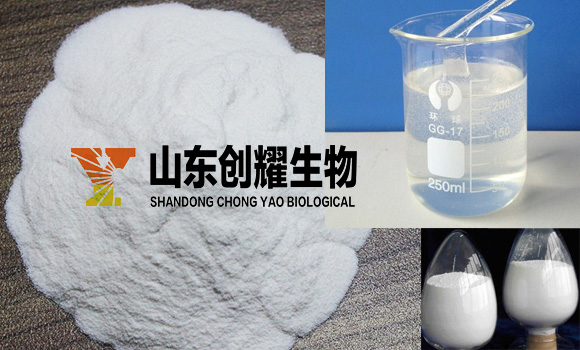Proportioning and application of hydroxypropyl methylcellulose in mechanical sand blasting pulp
Hydroxypropyl methyl cellulose, also known as hydroxypropyl methylcellulose and cellulose hydroxypropyl methyl ether, is a highly pure cotton cellulose as raw material, treated with alkali solution at 35-40 ℃ for half an hour, pressing, crushing the cellulose, aging at 35 ℃ properly, so that the average polymerization degree of alkali fiber obtained is within the required range. The alkali fiber was put into the etherification kettle, then propylene oxide and chloromethane were added in turn, etherified at 50-80 ℃ for 5h, and the maximum pressure was about 1.8MPa. Then add proper amount of hydrochloric acid and oxalic acid to wash the material in 90 ℃ hot water to expand the volume, then dehydrate by centrifuge, and finally wash to neutral repeatedly.
In recent years, with the establishment of large-scale dry mixed mortar factories all over the country, the quality and stability of mortar have been guaranteed. However, the dry mixed mortar is produced by the factory. In terms of raw materials, the price is bound to be higher than that of on-site mixing. If the method of manual plastering is continued, it will have no competitive advantage over the mortar mixed on site. Even with the national "no cash" policy, the new dry mixed mortar factory is still difficult to maintain a livelihood and eventually goes to ruin. What's more, there is a shortage of migrant workers in many first tier cities, such as Beijing, Guangzhou, Shenzhen and so on. The labor cost of construction is higher and higher, which promotes the perfect combination of mechanized construction and dry mixed mortar.
Brief introduction to comprehensive performance of machine sprayed mortar
Compared with the traditional mortar prepared on site, the biggest difference of machine spraying mortar is the introduction of a series of admixtures such as hydroxypropyl methyl cellulose ether, which can optimize the performance of mortar, so that the new mixed mortar has good workability, high water retention rate, and still has good working performance after long-distance and large height pumping. Its biggest advantage lies in high construction efficiency and good quality of mortar after molding. Since the mortar has a large initial speed during spraying, it can have a relatively strong grasping effect with the substrate, which can effectively reduce the occurrence of hollowing and cracking.
Through continuous tests, it is found that when the machine-made plastering mortar is prepared, the machine-made sand with the maximum particle size of 2.5mm, the stone powder content of less than 12%, and the reasonable grading, or the river sand with the maximum particle size of 4.75mm and the mud content of less than 5% will not block the pipe; when the water retention rate of the newly mixed mortar is controlled above 95%, the consistency value is about 90mm, and the consistency loss in 2H is controlled within 10mm The mortar has good pumping performance and spraying performance, and the appearance of the formed mortar is smooth and smooth, and the slurry is uniform and rich, without sagging, hollowing and cracking.
Discussion on compound additives for machine sprayed mortar
The construction process of machine spraying mortar mainly includes mixing, pumping and spraying. On the premise of reasonable formula and qualified raw material quality, the main function of mechanical spraying mortar composite additive is to optimize the quality of newly mixed mortar and improve the pumping performance of mortar. Therefore, the general mechanical sand blasting slurry composite additive is composed of water retaining agent and pumping agent. Hydroxypropyl methyl cellulose ether is a kind of water retaining agent with excellent performance. It can not only increase the viscosity of mortar, but also significantly improve the fluidity of mortar and reduce the segregation and bleeding under the same consistency value. Pumping agent is generally composed of air entraining agent and water reducing agent. In the mixing process of new mixed mortar, a large number of tiny bubbles are introduced to form ball effect, which can reduce the friction resistance between aggregate particles and improve the pumping performance of mortar. In the spraying process of machine sprayed mortar, the micro vibration caused by the rotation of screw pump is easy to cause the mortar in the hopper to be layered, which results in the lower layer having a smaller consistency value and a higher consistency value. When the machine is running, it is easy to cause pipe blockage. Moreover, the quality of the mortar after molding is not uniform, and the mortar is prone to shrinkage and cracking. Therefore, some stabilizers should be added properly to slow down the delamination of mortar when designing the compound additive of machine sand blasting slurry.
The results show that the amount of composite additive is 0.08%, and the mortar is workable, pumping performance is excellent, there is no sagging phenomenon in the process of shotcreting, and the maximum thickness of one spraying can reach 25px.

Shandong hydroxymethyl cellulose Co., Ltd. is free of charge.
{aspcms:comment}





